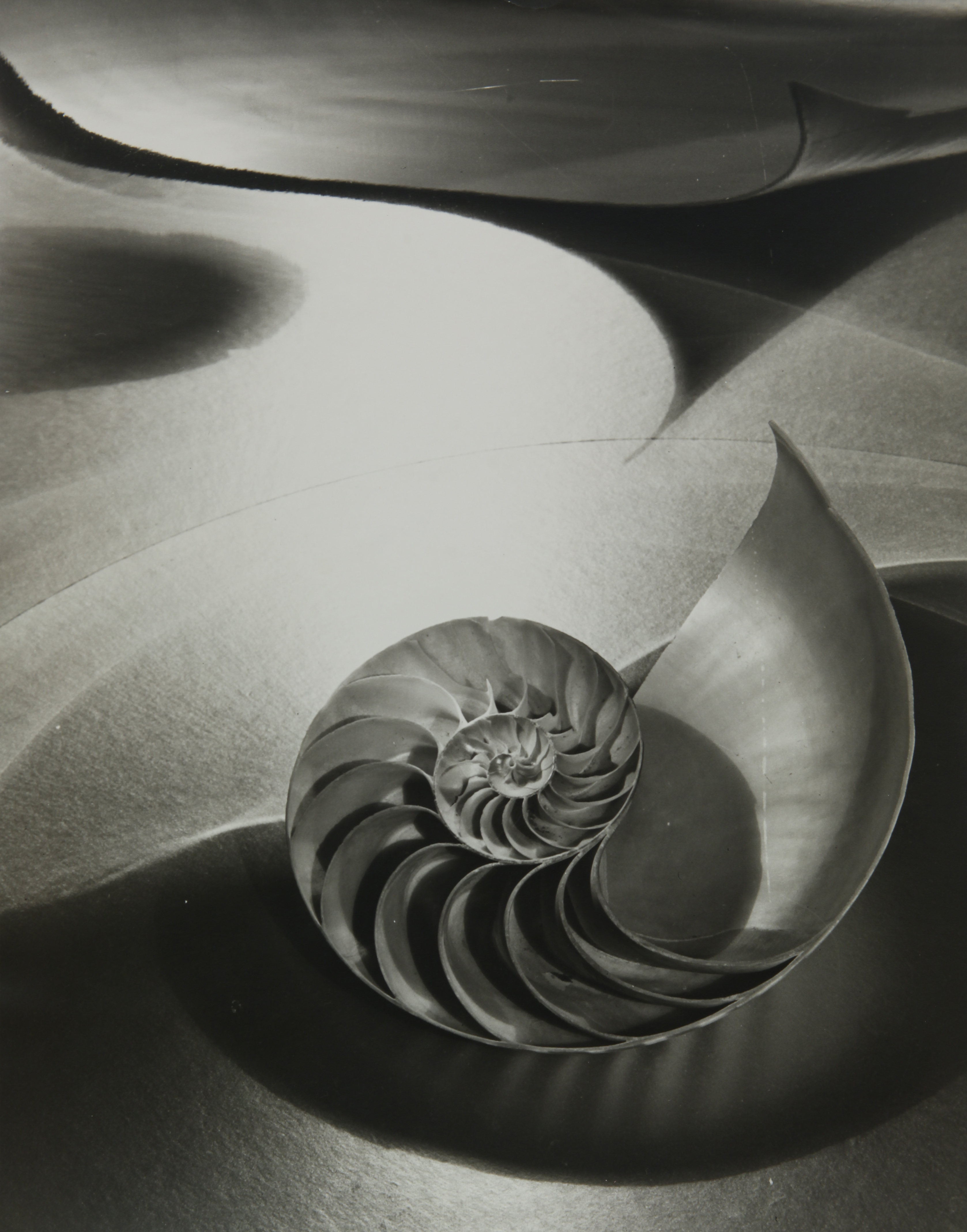
26 Feb OCMA pays tribute to the California landscape
California’s identity is inextricably tied to its landscape, and has one of the most varied geographies in the Union. Attempting to capture California landscape art and its evolution for over a century is already ambitious in scope. However, California Landscape Into Abstraction: Works from the Orange County Museum of Art, OCMA’s current exhibit, goes beyond an examination of 19th and 20th century California landscape and – as a result of thematic organization, a broad definition of landscape, and wide variety of artists and mediums – serves as an exploration of modern man’s relationship with nature.
Curated by interim director and head curator Dan Cameron, the 120 works from 90 artists in OCMA’s collection surveys over a century of artists and their attempt to tackle the concept of landscape, examining how we perceive nature, represent it, utilize it, impact it and (hopefully) repair it. Venerable artists in the collection include Ed Ruscha, Richard Deibenkorn, Ansel Adams, Dorthea Lange, James Turrell and Joe Goode. A number of works reference Orange County, and includes work by OC artists Mark Chamberlin and Jerry Burchfield.
Every well-curated exhibit aims to tell a story, carrying the viewer along a narrative that typically unfolds chronologically. Landscapes however is organized thematically which results in the evolution of multiple stories: the steady boom and industrialization of our state from the 1920’s, the evolution of art that followed this transformation, and the diversity of the California landscape itself.
The theme of ‘Measuring and Mapping’, depicting “the objectification of nature” and reducing it “into understandable integers” as Cameron explains, contains the best example on the scope of the subject. Tim Hawkins Concentric Circle: 705 Year Old Tree, a pencil drawing of a tree in cross section, is displayed next to Moon Surface (Luna #9) by Vija Celmins, a pencil recreation of an image of the lunar surface transmitted the day of the moon landing. On the opposite wall is James Turrell’s Roden Crater: treatment plans for Roden Crater project, with diagrams, photographs and models of his monumental project encompassing the 400,000 year old volcanic cinder cone in Arizona’s painted desert.
“Where the story gets interesting” is ‘Backyard Medieval’ which depicts the “worship of the suburban lot, housing developments…nature in a consumable way” according to Cameron. For this, I enjoy Lewis Baltz’s The New Industrial Parks Near Irvine series from 1974. His black-and-white photographs show geometric, unromantic, box-style buildings and parking lots from the early stages of the master-planned community. On it’s own, the images depict an apocalyptic scene, void of people, and brought a new way for Americans to think about photography and the landscape. To an Irvine native however, these images portray the landscape of my childhood, and are nostalgic and familiar.
In contrast to the industrial suburbs, the classic black-and-white photographs of Edward Weston, Dorthea Lange, Ansel Adams and Carolotta Capron capture the wild mysterious deserts of California. These are, in turn, juxtaposed with the paintings of Joe Goode, Richard Deibenkorn and Paul Brach, which explore the atmospheric color and light that are symbolic of the California landscape in soft, muted colors.
Early and mid-century landscapes by Frank Cuprien, Mary Finley Fry, Elmer Wachtel and William Wendt are part of the collection and compared with more urban variations on the landscape where Cameron states “the dialogue between different generations becomes more explicit”. This is seen in John Divola’s Zuma Beach Series, Ken Price’s Western Sunset, a view from a top-floor LA lounge in a retro palette of browns and pinks and a commentary on poverty’s effect on landscape by Anthony Hernandez.
Special note should be given to two video installations of the exhibit. Mungo Thomsen’s The American Desert (For Chuck Jones) is a series of the clips from the Road Runner cartoons with the action scenes deleted (which leaves only 2-5% of the original frames). With the infamous chase scenes removed the treacherous, frenetic land of falling anvils, haphazard cliffs and disappearing tunnels is transformed into a peaceful pink and red cartoon homage to the American Southwest landscape.
Shirley Shor’s Landslide, a video installation projecting changing color pixels on a textured and undulating surface, draws attention to how color and pattern affect our interpretation of a landscape. In green, the surface looks like lush hills, pink and brown converts it into a barren desert, and pixelated camouflage colors suggest military zones. Shor is Israeli-born and her work alludes to the shifting borders and tension over land rights of the Middle East.
Taken in its entirety, California Landscapes into Abstraction pays tribute to the state of California, its geography, complexities, history, and it’s role in influencing artists for over 100 years.
California Landscape Into Abstraction is on view at the Orange County Museum of Art (OCMA) through March 9th. 850 San Clemente Drive Newport Beach. Hours: Wed- Sun 11 a.m. – 5 p.m.; Thurs 11 a.m. – 8 p.m.



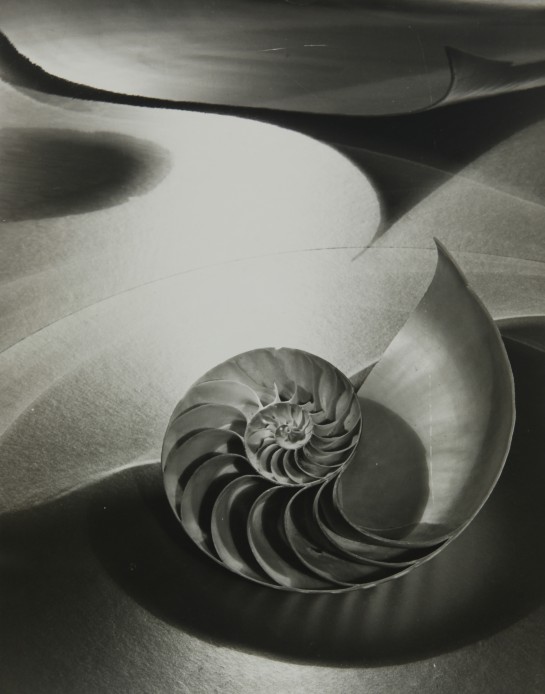
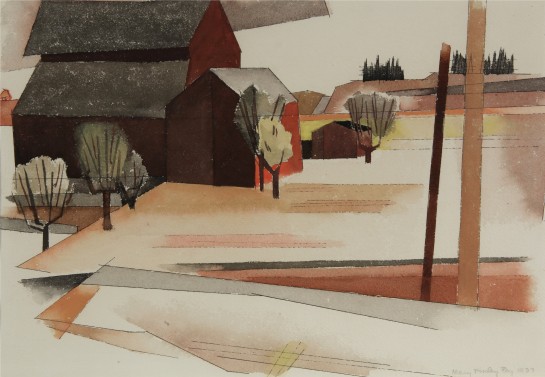
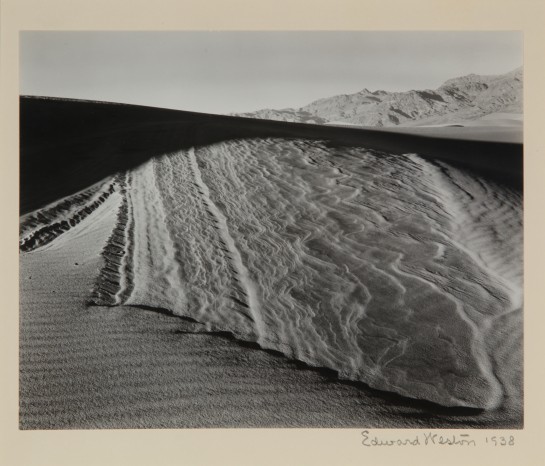
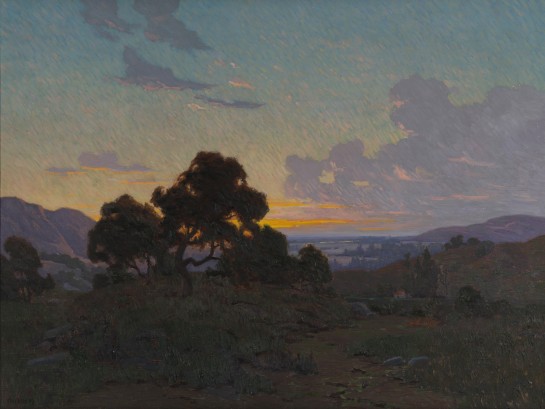
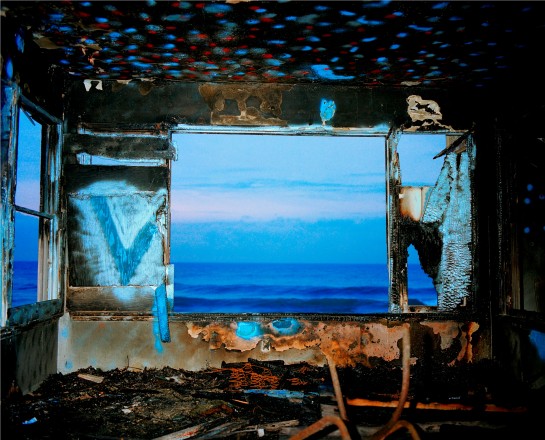
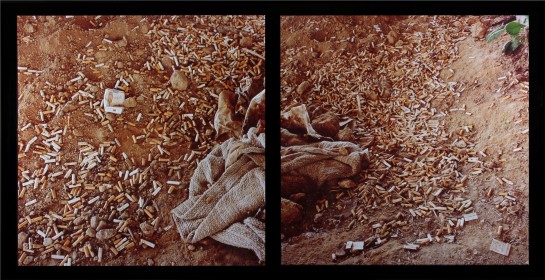

Sorry, the comment form is closed at this time.